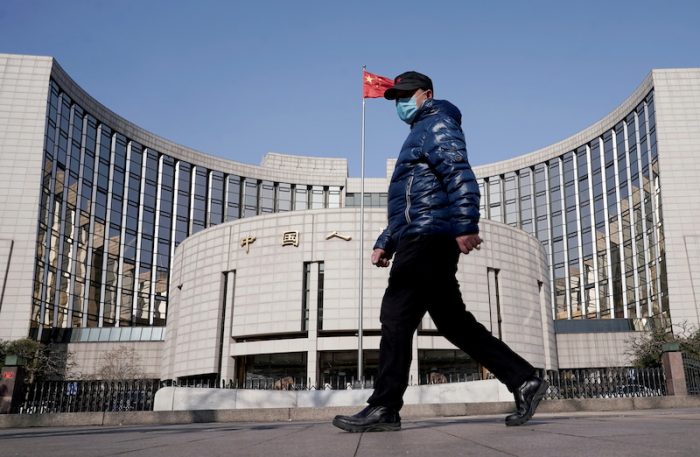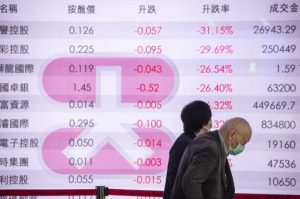China surprisingly kept its benchmark lending rates steady on Wednesday, with markets seeing the move as Beijing’s cautious approach to rolling out more easing measures as the economy slows due to Covid-19 lockdowns.
In contrast to most major economies that have started to tighten monetary policy to combat inflation, China has stepped up easing to cushion the slowdown.
But such policy divergence with major central banks could prompt capital outflows, adding pressure on the yuan.
The one-year loan prime rate (LPR) was kept at 3.70% and the five-year LPR was unchanged at 4.60%.
Marco Sun, chief financial markets analyst at MUFG Bank, said policy divergence between China and the US was likely to continue despite steady LPR in April as the PBOC’s policy stance appeared to be more dovish.
“Recovery from Covid-19 is a challenging task for global policymakers,” Sun said, adding that the economic impact from the latest wave of Covid-19 infections remains uncertain.
Sun still sees a chance to lower the LPR in the second quarter of this year.
Majority Expected Reduction
A vast majority of the 28 traders and analysts surveyed in a snap Reuters poll this week expected a reduction this month. Among them, 11, or 39% of all respondents, predicted a marginal cut of 5 basis points in both rates.
The PBOC last week lowered the amount of cash banks must set aside as reserves by a smaller-than-expected margin to provide a relatively modest cash injection.
Global investment banks including Goldman Sachs said the PBOC’s restraint may reflect concern over inflation and aggressive monetary tightening by the US Federal Reserve.
Separately, some market participants pointed out that recent robust credit growth could also be part of the reason banks refrained from lowering the lending benchmark.
“The unmoved LPR suggests loan demand is now not bad in the views of banks,” said Xing Zhaopeng, senior China strategist at ANZ.
“We may need patience to observe more credit data,” he said, adding LPR could still be lowered this year, when credit growth deteriorates even if the PBOC is reluctant to cut medium-term lending facility (MLF), which serves as a guide to the LPR.
New bank lending in China rose more than expected in March, while broad credit growth accelerated from the previous month.
- Reuters, with additional editing by George Russell
























